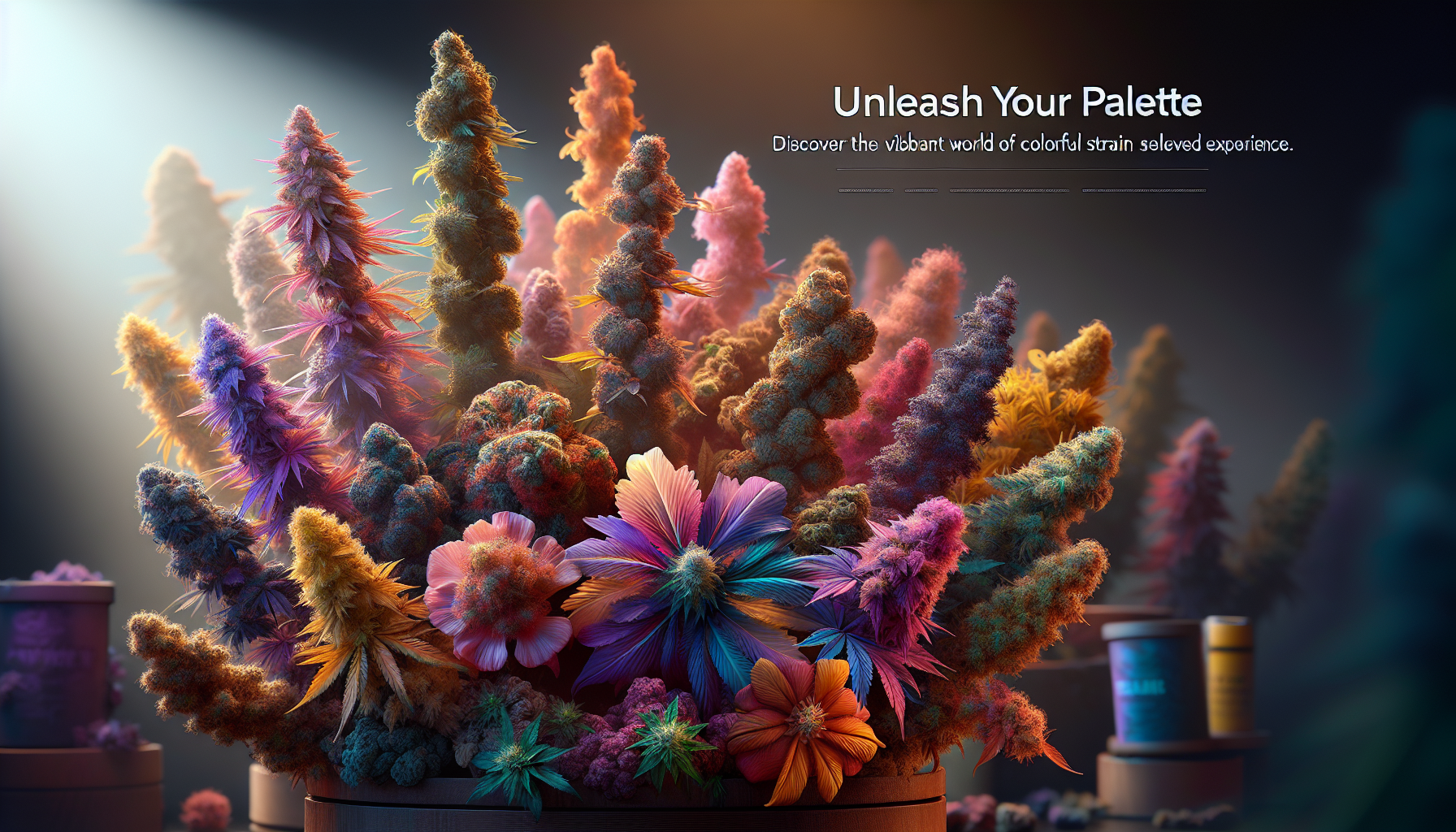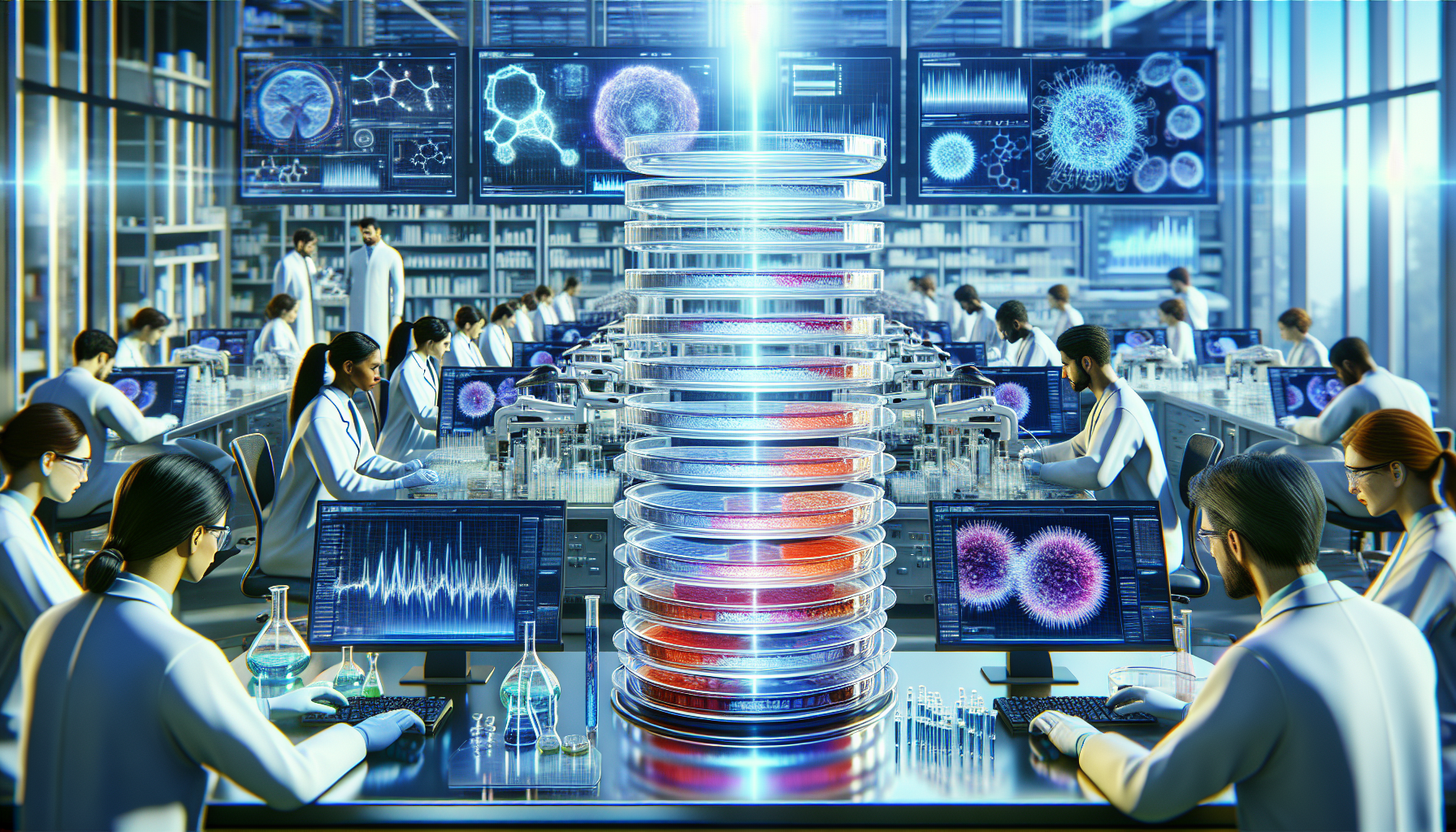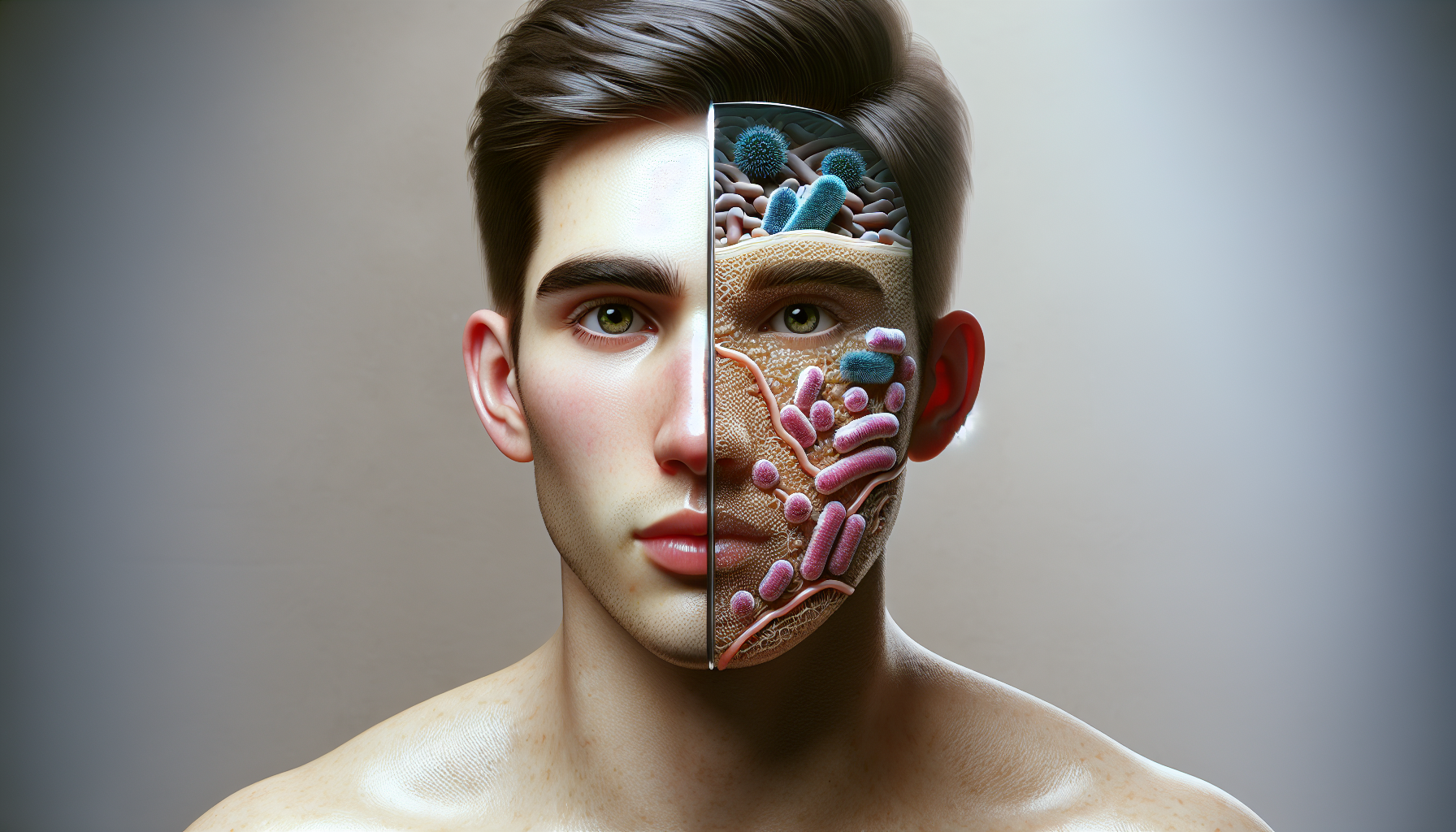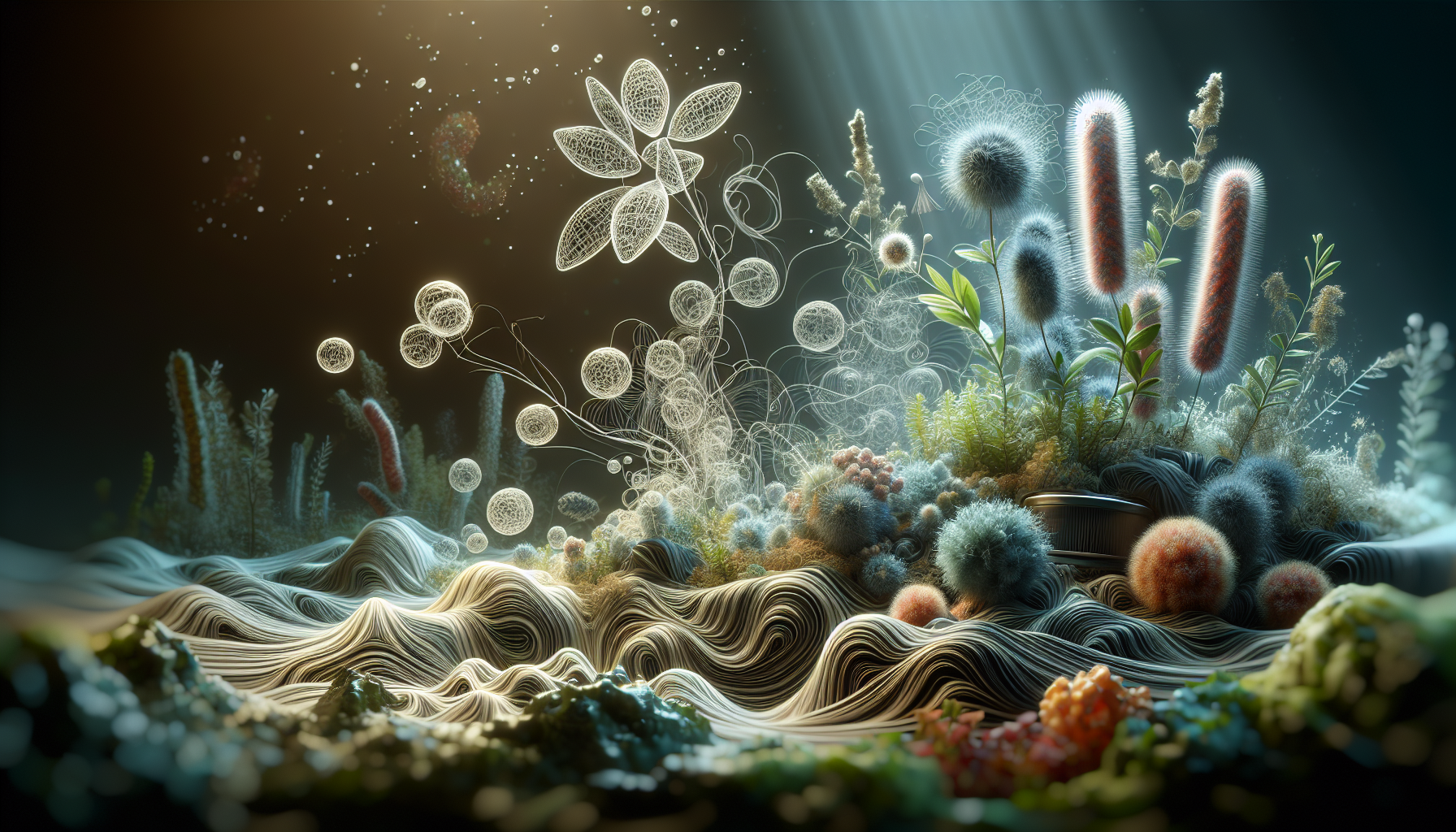In the tapestry of urban life, where shadows and lights dance an eternal ballet, there’s an enchanting phenomenon that has begun to reshape our perception of the night: fluorescent installations. These mesmerizing displays of color and light have transformed public spaces into canvases of luminous artistry, offering an otherworldly experience that captivates the imagination and invigorates the senses. Imagine walking through a city park at dusk, where trees are draped with glowing threads of neon, or strolling down an alleyway painted with vibrant, fluorescent murals that come alive after sunset. 🌌 This is the allure of fluorescent installations, a burgeoning trend in art and design that is illuminating our world in unexpected ways.
At the heart of these installations is a unique blend of science and creativity, a marriage of cutting-edge technology with artistic vision. The pigments and materials used in these artworks absorb natural or artificial light, storing energy that they later release as a radiant glow. This fascinating process, known as photoluminescence, is not just a scientific marvel but also a medium through which artists and designers can express their creativity in dynamic and interactive ways. The result is an art form that is as engaging as it is visually stunning, inviting viewers to explore and interact with their surroundings in a novel manner.
This article will delve deep into the world of fluorescent installations, offering insights into the various forms they take and the innovative minds behind their creation. From grand public spectacles that transform entire cityscapes to intimate installations that invite personal reflection, fluorescent art is as diverse as it is impactful. We will explore how these installations are being used not only to beautify urban environments but also to convey powerful messages and foster community engagement. Moreover, we’ll examine the cultural and social implications of this art form, considering how it challenges traditional notions of space, visibility, and interaction.
As we navigate through this luminous landscape, we will also shed light on the technical aspects that make these installations possible. You’ll learn about the different materials and technologies employed, from phosphorescent paints to LED-infused fabrics, and how they are harnessed to create effects that range from subtle glows to dazzling displays. Understanding these technical foundations will enhance your appreciation of the craftsmanship involved and provide insight into the future possibilities of fluorescent art.
Finally, we’ll look ahead to the future of fluorescent installations, exploring emerging trends and potential developments in this exciting field. With advances in technology and a growing appreciation for interactive art, the possibilities are virtually limitless. Whether you’re an artist seeking inspiration, a city planner looking to invigorate urban spaces, or simply a curious observer drawn to the magic of glowing art, this exploration of fluorescent installations promises to be an illuminating journey into the vibrant heart of contemporary creativity. 🌟
The Artistic Revolution of Fluorescent Installations
Fluorescent installations have emerged as a dynamic and captivating form of art, revolutionizing the way we perceive spaces and interact with them. These installations use vibrant colors and innovative designs to transform ordinary environments into extraordinary experiences. From public parks to art galleries, these luminescent displays have found their place in various settings, offering both aesthetic pleasure and functional benefits.
At the core of fluorescent installations is the concept of light as an artistic medium. This approach allows artists to play with perception, creating illusions and emotional responses through the strategic use of light and color. The use of fluorescence is particularly effective in capturing attention and engaging audiences, as it enhances visual impact and adds an element of intrigue.
Artists like James Turrell and Yayoi Kusama have popularized the use of light in art, but the use of fluorescence takes this concept to a new level. It involves not just the illumination of a space but the integration of light into the very fabric of the environment, making it a crucial element of the installation itself. This immersive quality is what sets fluorescent installations apart, allowing them to illuminate paths both literally and figuratively.
Understanding Fluorescent Technology
Fluorescent technology operates on the principle of using a phosphorescent coating to convert ultraviolet (UV) light into visible light. This process involves exciting electrons within the coating material, which then emit light as they return to their original energy levels. The result is a bright and vivid display that can be used to create stunning visual effects.
One of the key advantages of fluorescent installations is their energy efficiency. Compared to traditional lighting, fluorescent lights consume less power while providing higher illumination. This makes them an eco-friendly choice for artists and venues looking to reduce their carbon footprint. Additionally, fluorescent lights have a longer lifespan, reducing the need for frequent replacements and maintenance.
The versatility of fluorescent technology also allows for a wide range of applications. From large-scale installations in urban spaces to intimate displays in private homes, the possibilities are endless. Artists can experiment with different colors, shapes, and patterns to create unique and personalized experiences for viewers.
Exploring the Applications of Fluorescent Installations
Fluorescent installations have found their way into various domains, each leveraging the unique properties of fluorescence to create impactful experiences. One of the most common applications is in public art projects, where these installations are used to enhance urban landscapes and engage communities. By incorporating fluorescent elements into parks, plazas, and pedestrian pathways, cities can create vibrant and inviting spaces that encourage exploration and interaction.
In the realm of interior design, fluorescent installations offer a creative solution for adding personality and character to residential and commercial spaces. Designers can use these installations to highlight architectural features, create focal points, or simply add a touch of whimsy to a room. The ability to customize colors and patterns allows for endless possibilities, making fluorescent installations a popular choice for those seeking to make a statement.
The entertainment industry has also embraced fluorescent installations, using them to create immersive experiences for audiences. From music festivals to theatrical performances, these installations enhance the overall atmosphere and draw viewers into the experience. The dynamic and ever-changing nature of fluorescent displays adds an element of excitement and unpredictability, making each performance unique.
Innovative Uses in Public Spaces
Public spaces offer a unique canvas for fluorescent installations, allowing artists to engage with a diverse audience and transform the everyday into something extraordinary. By strategically placing fluorescent elements in parks, pathways, and public buildings, cities can create a sense of wonder and delight for residents and visitors alike.
One example of a successful public installation is the “Luminous Pathways” project in Toronto, Canada. This initiative involved installing fluorescent lights along a popular pedestrian route, creating a safe and visually stimulating environment for walkers and cyclists. The installation not only improved safety by enhancing visibility but also added an artistic touch to the urban landscape.
Another notable project is the “Fluorescent Forest” in San Francisco, California. This installation transformed a city park into a magical, glowing forest, complete with fluorescent trees and pathways. The project attracted thousands of visitors and became a popular attraction, demonstrating the potential of fluorescent installations to draw crowds and enhance community engagement.
The Future of Fluorescent Installations
As technology continues to advance, the future of fluorescent installations looks brighter than ever. Emerging trends in lighting technology, such as the development of organic LEDs (OLEDs) and smart lighting systems, are opening up new possibilities for artists and designers. These innovations promise to enhance the capabilities of fluorescent installations, making them even more dynamic and interactive.
One exciting development is the integration of digital technology into fluorescent installations. By incorporating sensors and interactive elements, artists can create installations that respond to viewer movements or environmental changes. This adds a new layer of engagement and personalization, allowing audiences to become active participants in the artwork.
Furthermore, the growing focus on sustainability and eco-friendly practices is driving the adoption of energy-efficient lighting solutions. Fluorescent installations, with their low energy consumption and long lifespan, are well-positioned to meet these demands. As more people seek out environmentally conscious options, the popularity of fluorescent installations is likely to continue to rise.
Challenges and Opportunities
While fluorescent installations offer numerous benefits, they also present certain challenges that artists and designers must navigate. One of the main challenges is the technical complexity involved in creating and maintaining these installations. From ensuring proper electrical connections to managing color consistency, the process requires a high level of expertise and precision.
Additionally, the cost of materials and installation can be prohibitive for some projects, limiting the accessibility of fluorescent installations. However, as technology advances and becomes more affordable, these barriers are expected to decrease, making it easier for artists to experiment with fluorescence and bring their visions to life.
Despite these challenges, the opportunities for innovation and creativity in the field of fluorescent installations are vast. By embracing new technologies and pushing the boundaries of what is possible, artists can continue to captivate audiences and redefine the way we experience light and color.
For a deeper understanding of how fluorescent installations are transforming public spaces, watch this informative video: Fluorescent Art Installations: Transforming Public Spaces by Art Insider.
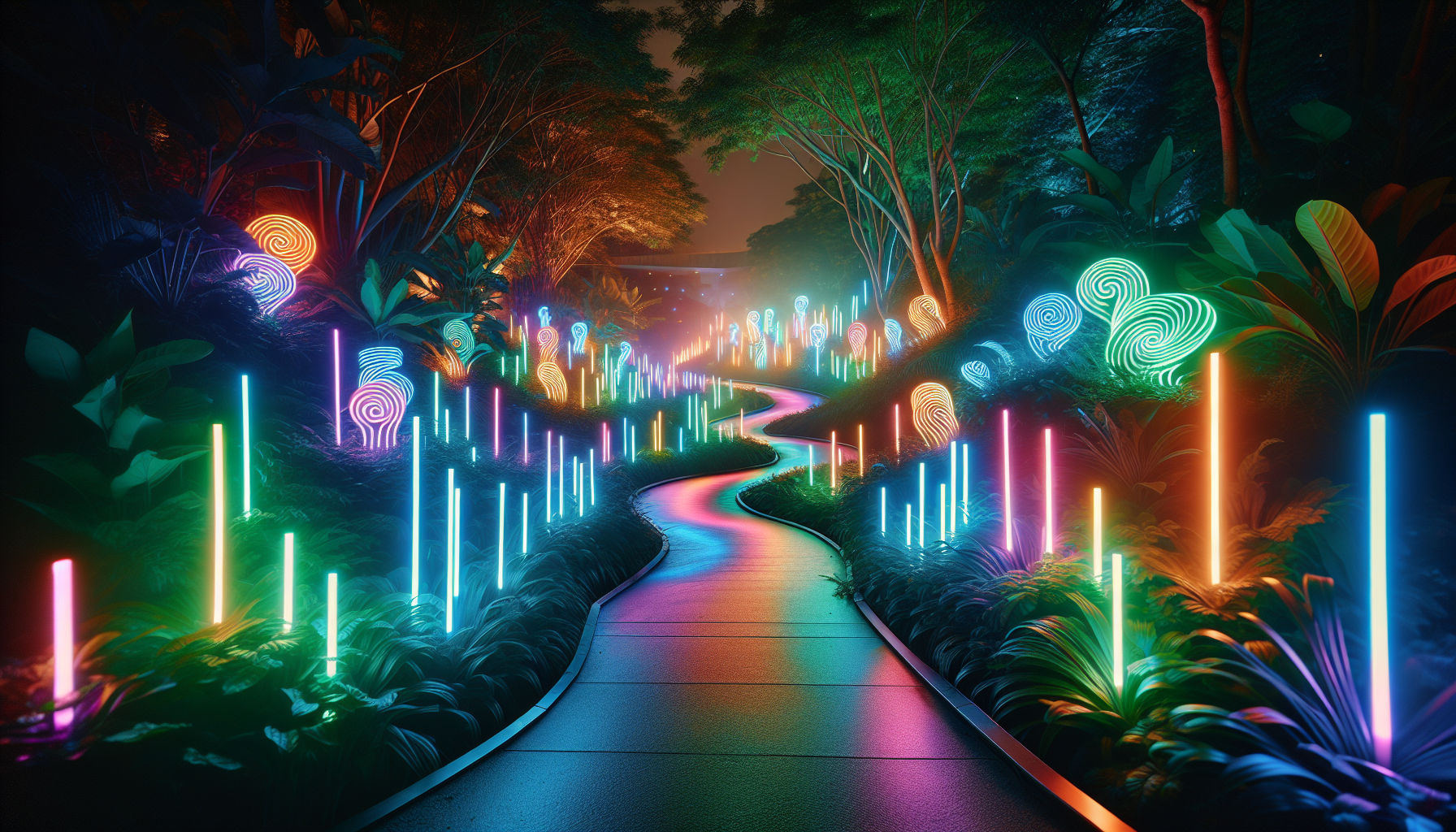
Conclusion
Sure, here is a conclusion for the article:
—
In conclusion, the world of fluorescent installations presents a mesmerizing opportunity to transform our environments into vibrant landscapes filled with color and creativity. Throughout this article, we’ve explored the multifaceted applications and benefits of using fluorescent designs in both public and private spaces. From urban settings that become lively canvases at night, to personal spaces that gain a new dimension through carefully curated light installations, the impact of fluorescence is both dynamic and inspiring.
Firstly, we delved into the technical aspects of fluorescent lighting and how its unique properties enable a distinctive illumination that captivates and engages. Fluorescent installations are not merely about providing light; they are about creating an experience, a visual narrative that unfolds in the interplay of colors and shadows. The versatility of these installations allows artists and designers to push boundaries, crafting immersive environments that can evoke emotions and stimulate creativity.
Moreover, we examined the environmental benefits of using fluorescent lighting. With a growing emphasis on sustainability, these installations often utilize energy-efficient technologies that align with global efforts to reduce carbon footprints. Fluorescent lights, with their long lifespan and low energy consumption, present a viable option for eco-conscious design, marrying aesthetics with environmental responsibility.
In addition to their aesthetic and environmental benefits, fluorescent installations can significantly impact mental well-being. The use of color psychology in light design can influence moods and behaviors, promoting relaxation, focus, or even joy. Such installations offer a unique opportunity for therapeutic spaces, enhancing the atmosphere in places like hospitals, offices, and homes.
Furthermore, we highlighted the communal and cultural significance of fluorescent installations. Public art projects that incorporate fluorescent designs can redefine community spaces, making them more welcoming and inclusive. These installations often serve as a focal point for social gatherings, encouraging interaction and dialogue among diverse groups. In this way, they not only illuminate physical spaces but also shine a light on cultural exchange and community building.
The potential for fluorescent installations in commercial applications was also considered. Retail environments, for instance, can leverage these vibrant designs to create memorable shopping experiences, drawing in customers and encouraging engagement with products. Similarly, in hospitality, the ambiance created by fluorescent lighting can enhance guest experiences, leaving a lasting impression.
As we wrap up our exploration of fluorescent installations, it’s clear that their impact is far-reaching and multifaceted. Whether in public art, personal well-being, environmental sustainability, or commercial success, the vibrant colors and innovative designs of fluorescent lighting offer endless possibilities.
We encourage you, our readers, to explore this fascinating world further. Consider how you might incorporate fluorescent designs into your own spaces or projects. Whether you’re an artist, designer, business owner, or someone simply looking to enhance your environment, there are numerous ways to harness the power of fluorescence to illuminate your path.
Feel free to share your thoughts, experiences, and ideas in the comments below. Let’s spark a conversation about the transformative power of light and color in our lives. Share this article with friends or colleagues who might find inspiration in the vibrant world of fluorescent installations. Together, let’s continue to brighten our world with creativity and innovation 🌟.
For more in-depth insights and resources, consider visiting Smithsonian Magazine and Dezeen, where you can find articles and case studies on groundbreaking fluorescent installations worldwide.
—
Note: Please ensure the links are correct and active before publication.
Toni Santos is a visual explorer and microscopic storyteller who delves into the hidden aesthetics of microbial life. Through a fusion of scientific curiosity and artistic insight, Toni transforms the overlooked world of bacteria, fungi, and cellular forms into mesmerizing visual narratives—revealing the elegance, symmetry, and chaos that thrive at microscopic scales.
Rooted in a fascination with life forms too small to see yet too intricate to ignore, Toni’s work captures the bizarre beauty of microbial colonies, biofilms, and spore patterns. These images aren’t just representations—they are celebrations of the artistic intelligence encoded in nature’s tiniest architects.
With a background in visual design and bio-inspiration, Toni merges scientific imaging techniques with creative expression, transforming petri dish cultures, fluorescence microscopy, and microbial textures into works that provoke both wonder and contemplation.
As the creative force behind Vizovex, Toni offers curated visual studies, microbial-inspired designs, and essays that bridge art and microbiology—inviting viewers to reimagine what beauty means at the edge of perception.
His work is a tribute to:
The hidden geometries of living systems
The surprising elegance of microbial growth
The role of micro-life in shaping visual culture
Whether you’re a scientist, artist, or simply curious about the unseen world that sustains us, Toni opens a window into a universe where life writes poetry in colonies and patterns, one microbe, one frame, one breathtaking detail at a time.


